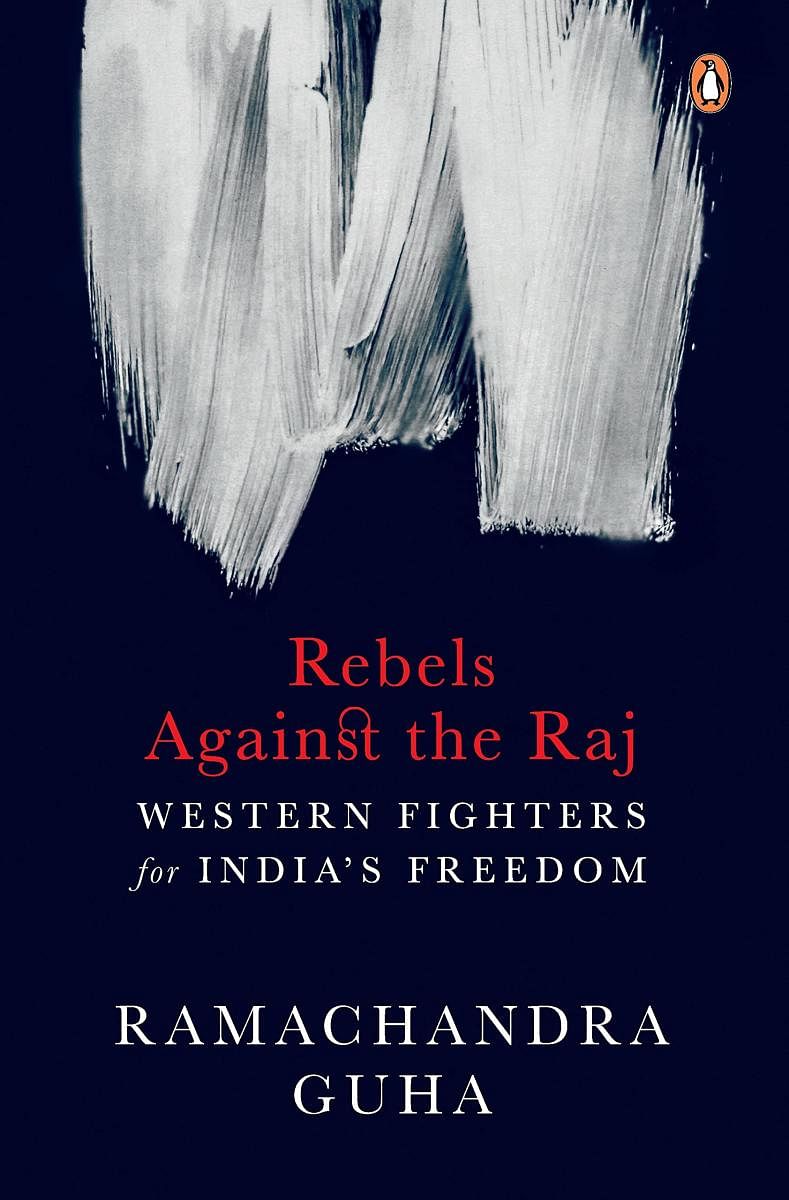
History is often unkind to certain heroes despite their phenomenal achievements. Several foreigners who fought for India’s freedom from British rule, driven solely by their idealism and passion, are yet to get due recognition. They left a profound impact through their work and the institutions they founded continue to inspire generations. As they combined writing with activism, they contributed immensely to public debate.
Acclaimed historian Ramachandra Guha profiles seven of these foreigners in Rebels against the Raj: Western Fighters for India’s Freedom. Among the many foreigners who fought for India’s independence selecting seven was not an easy task for Guha. These renegades were “motivated by idealism and genuine sacrifice; each connected to Gandhi, though some as acolytes where others found endless infuriation in his views; each understanding they would likely face prison sentences for their resistance, and likely live and die in India.” They come from diverse social and intellectual backgrounds. Five of them are from Great Britain and two from America, four men, and three women. They are theosophist Annie Besant, Madeleine Slade (Mira Behn), who became Gandhi’s adopted daughter, Catherine Mary Heilemann (Sarala), Benjamin Guy Horniman, an editor who fought fiercely for press freedom, missionaries Samuel Stokes and Dick Keithahn and Philip Spratt, a fanatical Communist who embraced Gandhism.
They all reached India on their own, upholding the universal value of freedom. They saw freedom from colonial rule only as the first step; emancipation from poverty, inequality, social prejudice, and ignorance being the tougher challenges. Rural transformation and a better deal for women were their priorities. Four of them lived to see an independent India.
A Gandhian utopia?
Annie Besant who set foot in India in 1893 was initially engaged in educational work; her criticisms of the colonial rule were gentle as she believed in constitutional reform. With the rapid growth of the Home Rule movement her popularity soared. As Congress president, she failed to gauge the public mood on Gandhiji’s Satyagraha pledge against the Rowlatt Act leading to her gradual eclipse from politics.
It was Romain Rolland’s book that introduced Madeleine to Gandhi. She was convinced that her life was dedicated to Gandhi. She describes her first meeting with the Mahatma at Sabarmati Ashram: ‘’... I knew it was Bapu, but, so completely overcome was I with reverence and joy, that I could see and feel nothing but a heavenly light....’’ She easily adjusted to the spartan life at the Ashram. When Gandhi was in Sabarmati, she wanted to be at his side all the time. Mira accompanied him to meetings with the Viceroy and the Round Table conference. She also toured Europe and America as Gandhi’s envoy.
Mira emerges as a restless soul, struggling to find her moorings. In the late forties, she fell in love with former revolutionary Prithvi Singh only to be spurned. Her efforts to create a Gandhian utopia were scuttled by bureaucrats. In 1959, she left for Vienna. One lasting legacy of Mira was her collaboration with Richard Attenborough to make the film on the Mahatma.
Communist Philip Spratt landed in India to spread the message of revolution. His efforts to form labour unions landed him in jail. For years Spratt had been in love with Seetha from Madras. After marriage, they struggled to make both ends meet. Spratt moved to Bangalore to edit the weekly MysIndia. He used to frequent the Select Bookshop to buy second-hand books and enjoyed chatting with its owner K B K Rao. Girls’ education was Sarala’s passion. Her ashram would educate and train girls in social service. She foresaw an ecological threat to the Himalayan region.
Invaluable addition
B G Horniman as a journalist fully identified himself with the nationalist cause. As the first editor of the Bombay Chronicle, it was a relentless fight against fellow Britons for the emancipation of India. He was deported to England. On his return, he launched another daily Indian National Herald which folded up. His next stint was as the editor of the eveninger Bombay Sentinel. For two decades Horniman faced many civil and criminal suits.
Young Stokes was disgusted by the luxurious lifestyles of European missionaries in India and their condescending attitude. His social work in Shimla hills focussed on medical relief and education.
He got married to an Indian girl Agnes. Stokes was instrumental in the abolition of begar, a forced labour system in the hills. He embraced Hinduism and adopted the name Satyanand. Dick Keithahn was another missionary who got disillusioned. Gandhiji convinced him of the need to totally identify himself with India. After his wife returned he devoted his time serving the villages and building up the Gandhigram near Madurai.
History comes alive in these pages evoking the passion and idealism of the Gandhian movement. Guha has dug out hitherto unknown facts about these valiant fighters from archives, diaries, speeches, letters, and articles by Gandhians and opponents.
These minibiographies replete with lesser-known details are an invaluable addition to the history of the freedom movement and are a researcher’s delight. The narrative, illuminated by Guha’s elegant prose, is riveting.